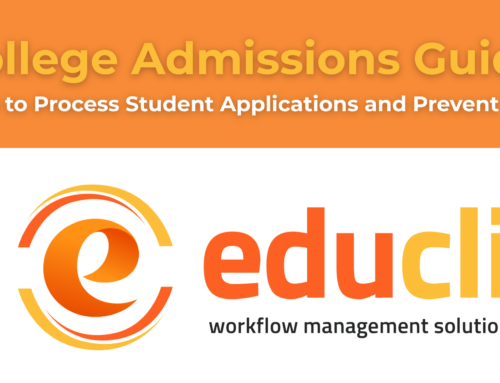Australia’s visa landscape is set to undergo significant changes, particularly concerning the 482 Temporary Skill Shortage (TSS) visa and the 485 Temporary Graduate visa. These changes aim to address the evolving needs of Australia’s labor market and the ongoing assessment of skill shortages. Here’s a detailed look at the upcoming modifications and what they mean for prospective visa applicants and employers.
Changes to the 482 Sponsorship Visa
The 482 visa allows employers to address labor shortages by bringing in skilled workers from overseas. Two notable changes have been announced for this visa:
- Decrease in Work Experience Requirement:
-
-
- The work experience requirement for the 482 visa will be reduced from two years to one year. This change is expected to make it easier for businesses to sponsor and hire international talent, addressing immediate skill shortages more effectively.
-
- Review of the CSOL List:
-
- The Consolidated Sponsored Occupation List (CSOL) is under review by Jobs and Skills Australia (JSA). The review may result in the removal of several occupations from the list, potentially impacting various sectors.
- JSA’s assessment indicates that the current list includes too many occupations, many of which may no longer align with Australia’s labor market needs. Occupations at risk of being removed from the CSOL include:
- ICT Project Manager
- Café or Restaurant Manager
- Hair or Beauty Salon Manager
- ICT Customer Support Officer
- Community Worker
Implications of the CSOL Review
The potential removal of these occupations from the CSOL means that businesses in these sectors may face challenges in hiring international talent through the 482 visa. Employers and prospective applicants should stay informed about the final decisions and consider alternative visa options or workforce planning strategies to mitigate any adverse effects.
Changes to the 485 Temporary Graduate Visa
The 485 Temporary Graduate visa allows international students who have completed their studies in Australia to live, study, and work in the country temporarily. Upcoming changes to this visa include:
- Increased Minimum IELTS Score:
-
-
- The minimum IELTS score required for a Temporary Graduate visa will increase from 6.0 to 6.5, or an equivalent score on other recognized English tests. Additionally, applicants must achieve a minimum score of 5.5 in each test component (reading, writing, speaking, and listening).
- This change underscores the importance of strong English language skills for graduates seeking to enter the Australian workforce and is intended to ensure that visa holders can effectively participate in their professional roles.
-
- Reduction in Maximum Eligible Age:
-
- The maximum eligible age for the 485 visa will be reduced to 35 years. This adjustment aims to align the visa program with Australia’s broader workforce and immigration objectives, focusing on attracting younger, skilled workers who can contribute to the economy over a longer period.
What to Do Next
Given these upcoming changes, it is crucial for employers, prospective visa applicants, and students to stay informed and prepared. Here are some steps to consider:
- Monitor Official Announcements: Stay updated with official announcements from the Australian Government and relevant authorities, particularly as we approach July 1, when these changes are expected to take effect.
- Consult Immigration Experts: Seek advice from immigration experts or consultants to understand the implications of these changes on your specific situation and set a clear pathways from education to 485 visas.
- Prepare for English Tests: Prospective 485 visa applicants should focus on improving their English language skills to meet the new requirements. Consider enrolling in preparation courses if needed.
- Review Occupation Eligibility: You should review the occupation needs and the potential impact of the CSOL on employers ability to sponsor international talent.
Conclusion
The upcoming changes to the 482 sponsorship visa and the 485 Temporary Graduate visa represent significant shifts in Australia’s immigration policies. While these changes aim to better align visa programs with the country’s labor market needs, they also present challenges for both employers and prospective visa applicants. Staying informed, seeking professional advice, and preparing adequately are essential steps to navigate these changes successfully.
For the latest updates and detailed information, it is advisable to follow official announcements and news closely as we approach the implementation date of Jul 1, 2024.





Leave A Comment